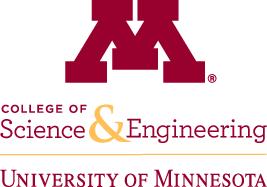University of Minnesota researchers study waves created by recreational boats
University of Minnesota College of Science and EngineeringA new study by researchers in the University of Minnesota College of Science and Engineering’s St. Anthony Falls Laboratory found that popular wakesurf boats require a greater distance from the shoreline and other boats compared to more typical recreational boats. This distance is needed to reduce the potential impact of their larger waves.







